George Platt Lynes - Gifted Gallery
- Lilium

- May 9, 2021
- 3 min read

George Platt Lynes, born April 15, 1907, was an American fashion and commercial photographer who worked in the 1930s and 1940s. He produced photographs featuring many gay artists and writers from the 1940s.
Born in East Orange, New Jersey to Adelaide Sparkman and Joseph Russell Lynes. His younger brother was Joseph Russell Lynes, Jr. who became an art historian, photographer, author and managing editor of Harper's Magazine.
Lynes spent his childhood in New Jersey but attended the Berkshire School in Massachusetts, where he was a classmate of Lincoln Kirstein, an American writer, impresario, art connoisseur, philanthropist, and cultural figure in New York City, noted especially as co-founder of the New York City Ballet.
He was sent to Paris in 1925 with the idea of better preparing him for college. His life was forever changed by the circle of friends that he would meet there including Gertrude Stein, Glenway Wescott and Monroe Wheeler. He attended Yale University in 1926, but dropped out after a year to move to New York City.

Lynes had returned to the United States with the idea of a literary career and he even opened a bookstore in Englewood, New Jersey in 1927. He first became interested in photography not with the idea of a career, but to take photographs of his friends and display them in his bookstore.
Returning first to France in 1928 in the company of Wescott and Wheeler, Lynes traveled around Europe for the next few years, always with his camera at hand. He developed close friendships within a larger circle of artists including Jean Cocteau, Pavel Tchelitchew and Julien Levy, the art dealer and critic.
Lynes landscape and city photographs in Europe and New York, show the young photographer as an evolving modernist.
Levy exhibited Lynes photographs in his gallery in New York City in 1932. Lynes opened his first studio there that same year. Lynes' gallery became an important venue for Surrealists, avante-garde artists and American photographers during the 1930s and 1940s.
Lynes was soon receiving commissions from Harper's Bazaar, Town & Country, and Vogue including a cover with perhaps the first supermodel, Lisa Fonssagrives.
In 1935, he was asked to document the principal dancers and productions of Lincoln Kirstein's and George Balanchine's newly founded American Ballet Company (now the New York City Ballet).
During his lifetime, Lynes amassed a substantial body of work involving nude and homoerotic photography. In the 1930s, he began taking nudes of friends, performers and models, including a young Yul Brynner, although these remained private, unknown and unpublished for years.
Lynes was notably friends with Katherine Anne Porter, author of the novel Ship of Fools, with whom he often enjoyed photographing wearing elaborate evening gowns and occasionally reenacting Shakespeare.
For over ten years, Lynes had a love affair with both Monroe Wheeler, who became a publisher and museum curator, and Glenway Wescott who became a poet and writer. Lynes later got together with his studio assistant and, after his death in World War II, Lynes moved in with the younger brother of the assistant.
Over the following two decades, Lynes continued his work in this area passionately, albeit privately. "The depth and commitment he had in photographing the male nude, from the start of his career to the end, was astonishing. There was absolutely no commercial impulse involved — he couldn't exhibit it, he couldn't publish it." – Allen Ellenzweig, art and photography critic who wrote the introduction to George Platt Lynes: The Male Nudes.

In the late 1940s, Lynes became acquainted with Dr. Alfred Kinsey and his Institute in Bloomington, Indiana. Kinsey took an interest in Lynes work, as he was researching homosexuality in America at the time.
A large number of Lynes' nude and homoerotic works were left to the Kinsey Institute after his death in 1955. The body of work residing at the Kinsey Institute remained largely unknown until it was made public and published later. The Kinsey collection represents one of the largest single collections of Lynes's work.

By May 1955, Lynes had been diagnosed as terminally ill with lung cancer. He closed his studio and was reported to have destroyed much of his print and negative archives, particularly his male nudes. However, it is now known that he had transferred many of these works to the Kinsey Institute. "He clearly was concerned that this work, which he considered his greatest achievement as a photographer, should not be dispersed or destroyed...We have to remember the time period we're talking about—America during the post-war Red Scare..."
After a final trip to Europe, Lynes returned to New York City, where he died December 6, 1955 aged 48, while living with his brother and his family.
Reading Recommendations & Content Considerations
The Male Nudes David Leddick






























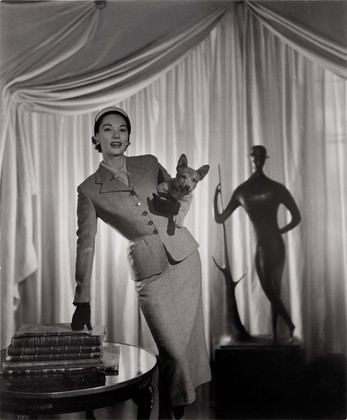







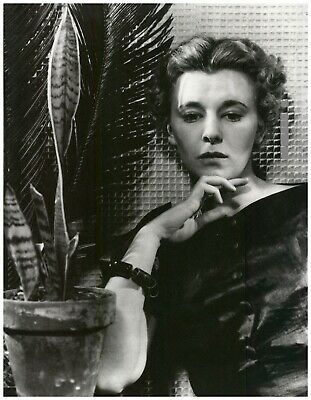

























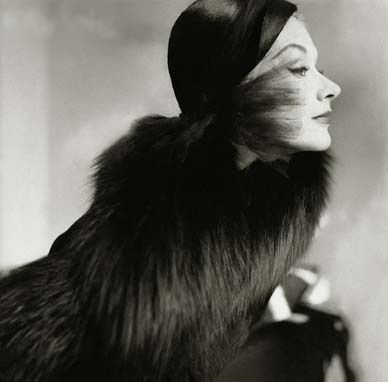





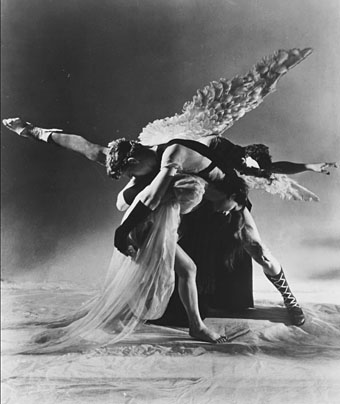















































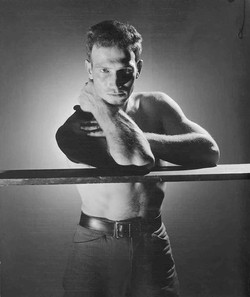









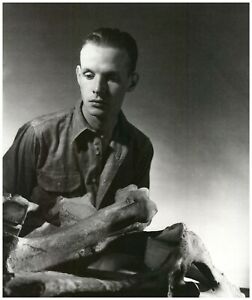






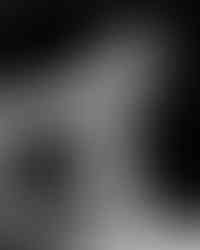












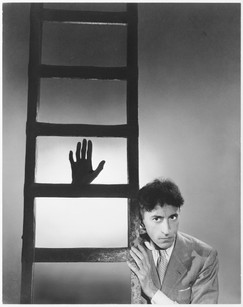

















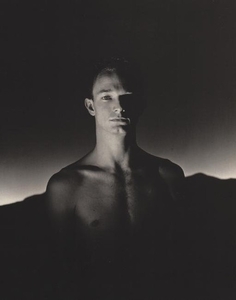

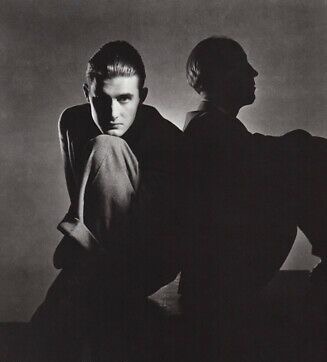

























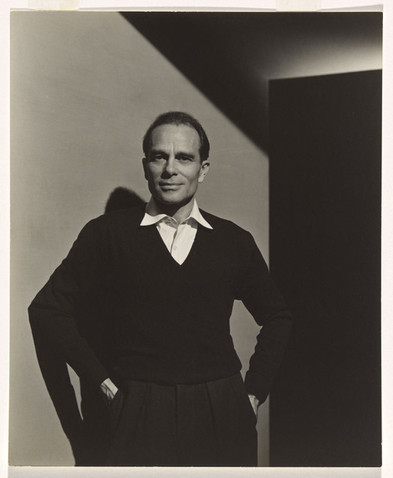

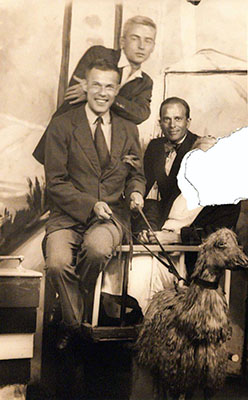







































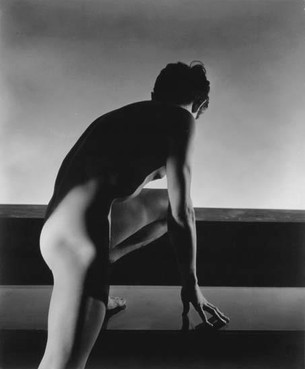





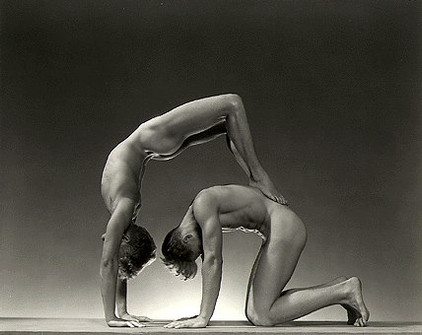
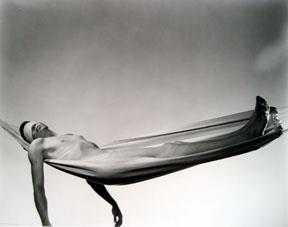



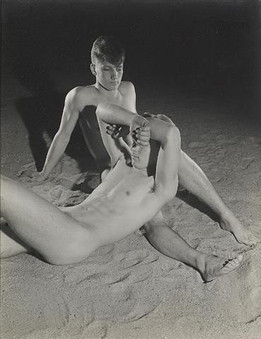


























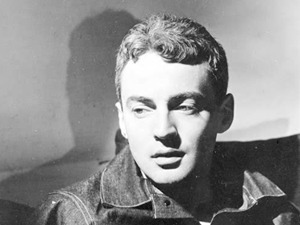































































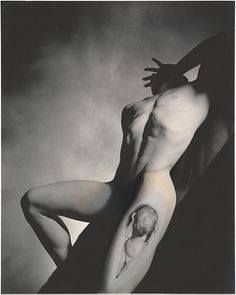










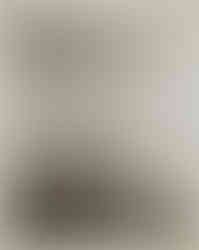





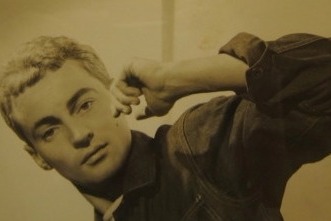









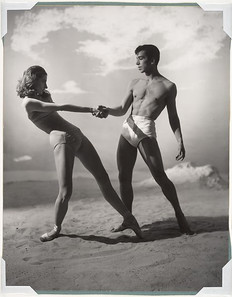









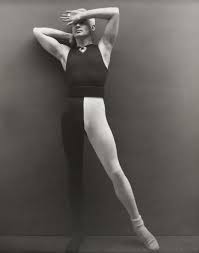

























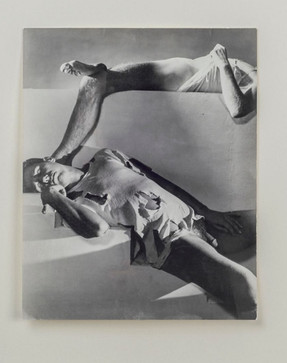

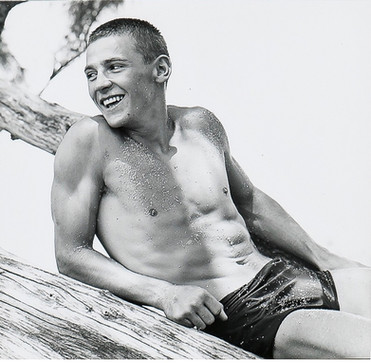



























Comments